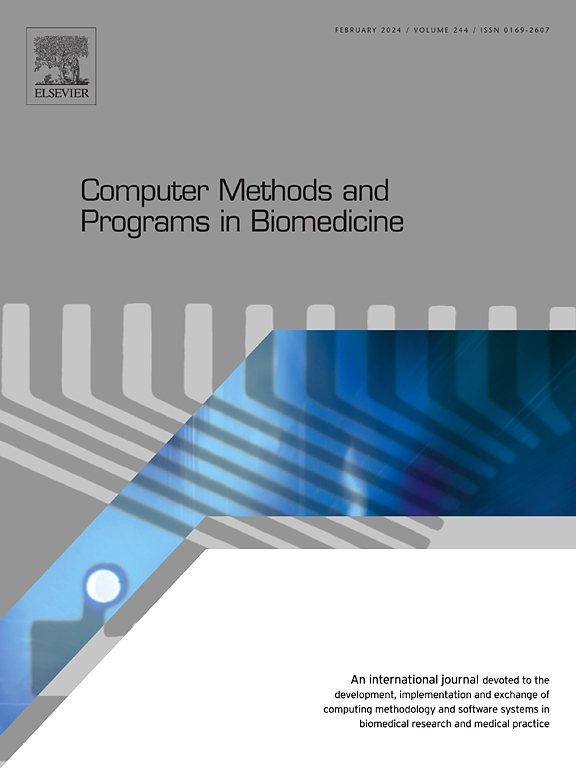Standard plane localization using denoising diffusion model with multi-scale guidance
IF 4.9
2区 医学
Q1 COMPUTER SCIENCE, INTERDISCIPLINARY APPLICATIONS
引用次数: 0
Abstract
Background and Objective:
Standard planes (SPs) acquisition is a fundamental yet crucial step in routine ultrasound (US) examinations. Compared to the 2D US, 3D US offers the advantage of capturing multiple SPs in a single scan, and visualizing particular SPs (e.g., the coronal plane of the uterus). However, SPs localization in 3D US is challenging due to the vast 3D search space, anatomical variability, and poor image quality.
Methods:
In this study, we present a probabilistic method based on the conditional denoising diffusion model for SPs localization in 3D US. Specifically, we construct multi-scale guidance to provide the model with both global and local context. We improve the model’s angular sensitivity by modifying the tangent-based plane representation with the spherical coordinates. We also reveal the potential in simultaneously localizing SPs and detecting their abnormality without introducing extra parameters.
Results:
Extensive validations were performed on a large in-house dataset containing 837 patients across two organs with four SPs. The proposed method achieved average errors of less than and 1 mm in terms of the angle and distance on the four investigated SPs. Furthermore, it can obtain over 90% accuracy for detecting anomalies by simply thresholding the quantified uncertainty.
Conclusions:
The results show that our proposed method significantly outperformed the current state-of-the-art approaches regarding spatial and content metrics across four SPs in two organs, indicating its superiority and generalizability. Meanwhile, the investigated anomaly detection of our method demonstrates its potential in applying clinical practice.
求助全文
约1分钟内获得全文
求助全文
来源期刊

Computer methods and programs in biomedicine
工程技术-工程:生物医学
CiteScore
12.30
自引率
6.60%
发文量
601
审稿时长
135 days
期刊介绍:
To encourage the development of formal computing methods, and their application in biomedical research and medical practice, by illustration of fundamental principles in biomedical informatics research; to stimulate basic research into application software design; to report the state of research of biomedical information processing projects; to report new computer methodologies applied in biomedical areas; the eventual distribution of demonstrable software to avoid duplication of effort; to provide a forum for discussion and improvement of existing software; to optimize contact between national organizations and regional user groups by promoting an international exchange of information on formal methods, standards and software in biomedicine.
Computer Methods and Programs in Biomedicine covers computing methodology and software systems derived from computing science for implementation in all aspects of biomedical research and medical practice. It is designed to serve: biochemists; biologists; geneticists; immunologists; neuroscientists; pharmacologists; toxicologists; clinicians; epidemiologists; psychiatrists; psychologists; cardiologists; chemists; (radio)physicists; computer scientists; programmers and systems analysts; biomedical, clinical, electrical and other engineers; teachers of medical informatics and users of educational software.
 求助内容:
求助内容: 应助结果提醒方式:
应助结果提醒方式:


